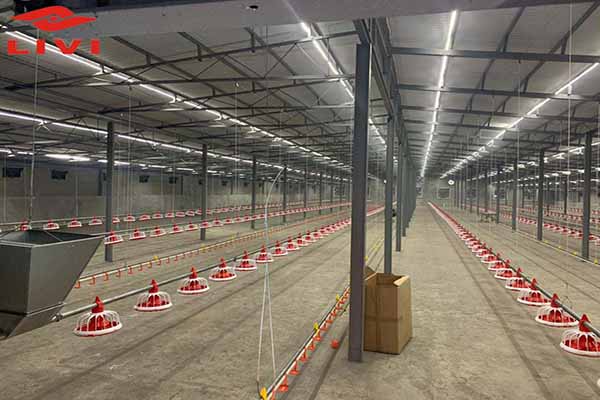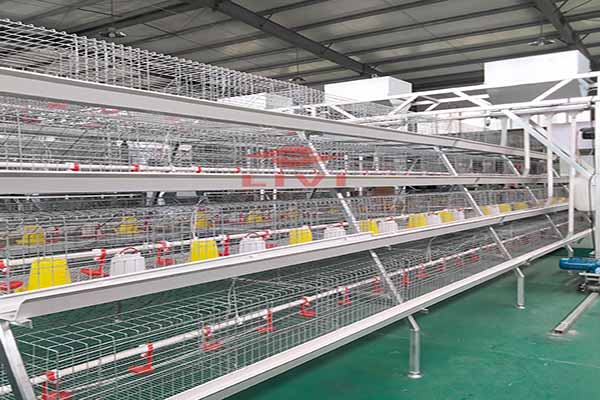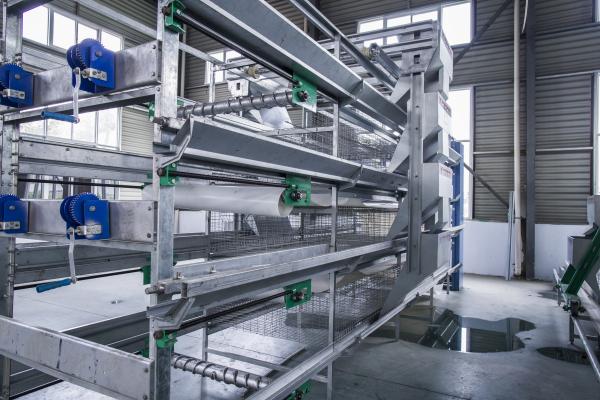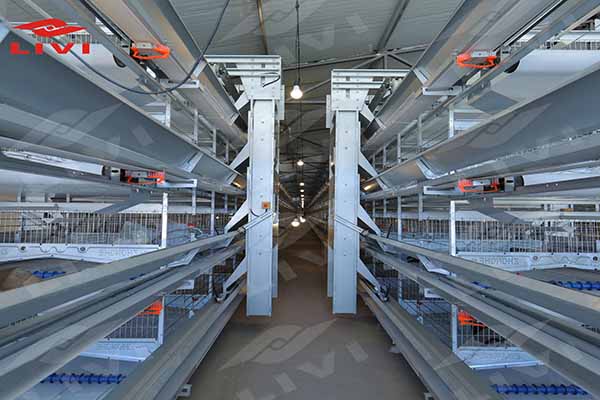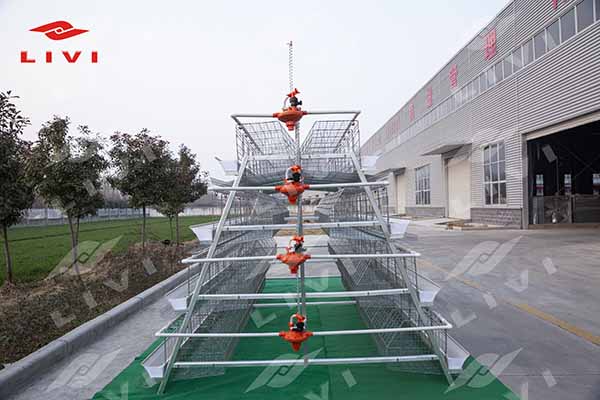Raising 10,000 layers (egg-laying hens) in a modern poultry farm often involves the use of layers battery cage due to their efficiency and space-saving advantages. When considering the land required for such an operation, several factors come into play, including the type of battery cage system, the layout of the chicken house, and auxiliary facilities. This article will delve into the specifics of the space requirements for raising 10,000 layers using an automatic chicken cage system.
Understanding Battery Cage Systems
Layers Battery cage systems are designed to maximize the number of birds housed per square meter while ensuring the birds have adequate space for laying eggs, feeding, and drinking. These systems typically consist of several tiers or rows of cages stacked vertically. This vertical stacking allows for more efficient use of horizontal space.
Types of Battery Cage Systems
Single-Tier Systems: These systems involve cages arranged in a single layer, often used in smaller or more traditional setups.
Multi-Tier Systems: More common in large-scale operations, these systems can have 3 to 8 tiers of cages, significantly reducing the footprint required per bird.
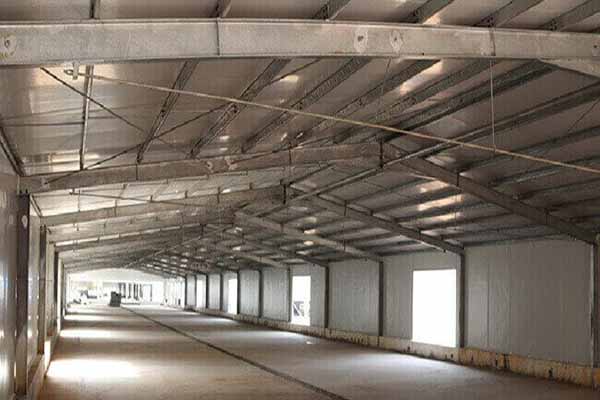
Space Calculation for 10,000 Layers
Cage Specifications
A typical battery cage for layers provides about 450 to 500 cm² (0.45 to 0.5 m²) of space per bird. For the sake of calculation, let’s assume each cage unit occupies 0.5 m² per bird.
Total Cage Area
For 10,000 layers:
10,000birds×0.5m²/bird=5,000m²
Multi-Tier Adjustment
Assuming a 4-tier system, the horizontal space required is significantly reduced:
5000 ㎡/ 4=1,250m²
Thus, the total cage area required, with a 4-tier system, is about 1,250 m².
Additional Space Considerations
Walkways and Service Areas: For maintenance, feeding, and egg collection, walkways and service areas must be included. Typically, an additional 30-50% of the cage area is allocated for these purposes.
1,250m²×1.4=1,750m²
Auxiliary Facilities: These include storage rooms, egg handling areas, feed storage, and administrative spaces, which might add another 500 to 1,000 m² depending on the complexity and automation level of the farm.
Total Land Requirement
Combining the cage area with additional space for walkways, service areas, and auxiliary facilities, the total land requirement can be estimated:
1,750m²+750m²=2,500m²
Thus, the total land required for raising 10,000 layers using a 4-tier battery cage system, including all necessary auxiliary facilities, is approximately 2,500 m².
Conclusion
In summary, raising 10,000 layers using a battery cage system requires careful planning and efficient use of space. A 4-tier layer cage system significantly reduces the horizontal space needed, making it possible to house the birds in an area of about 2,500 m², including all necessary operational spaces. By leveraging modern automatic chicken cage systems, poultry farmers can maximize their production capacity while maintaining high standards of efficiency and welfare.
Livi Machinery is a professional supplier of chicken equipment. We provide chicken farmers with cage equipment, 3-tier or 4-tier cage equipment and a range of chicken supporting equipment.
If you want to buy our chicken cage equipment, please leave us a message.






